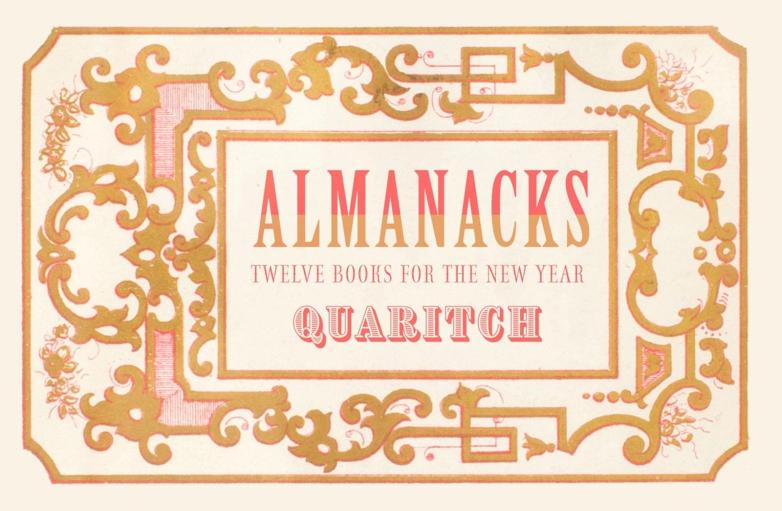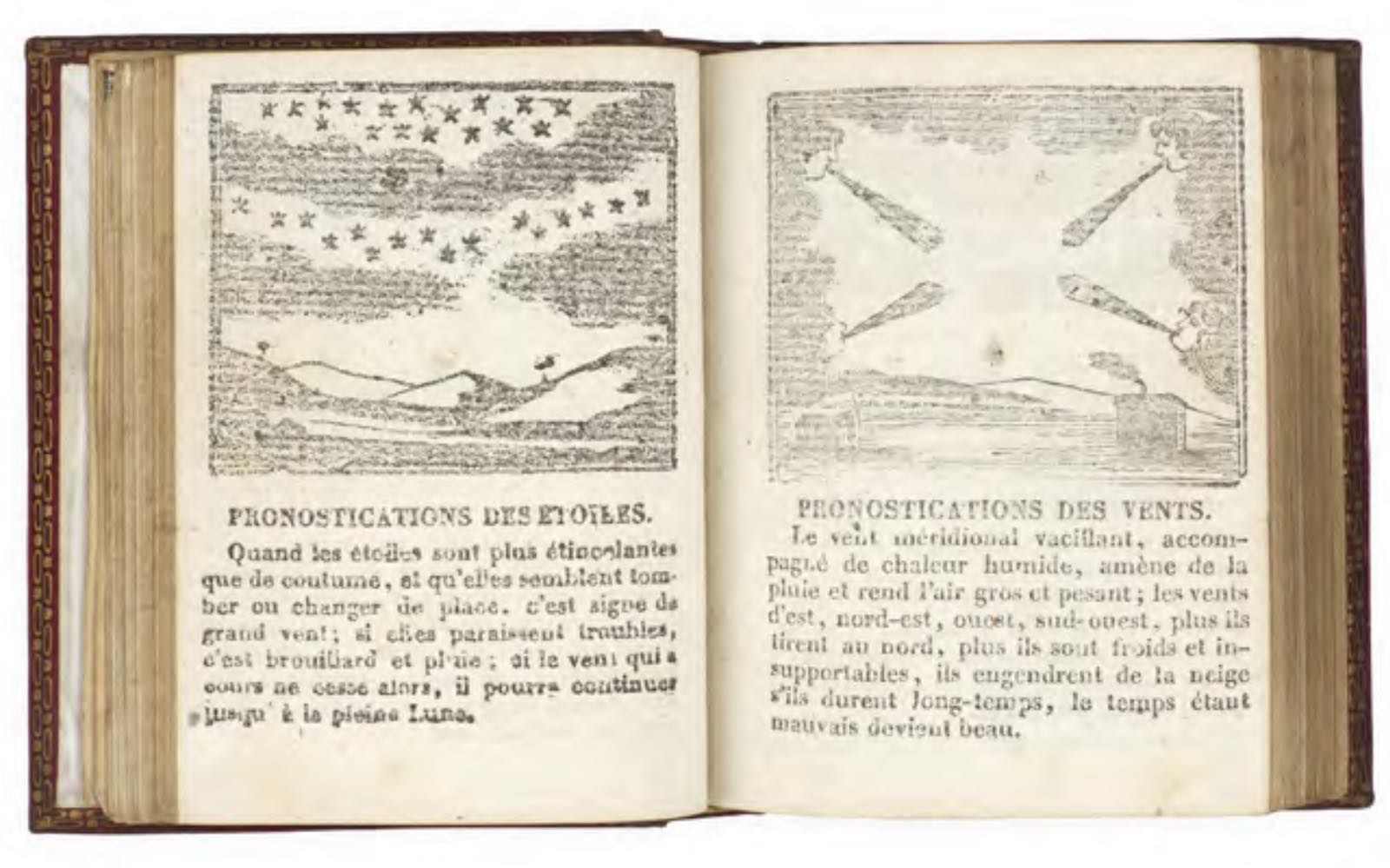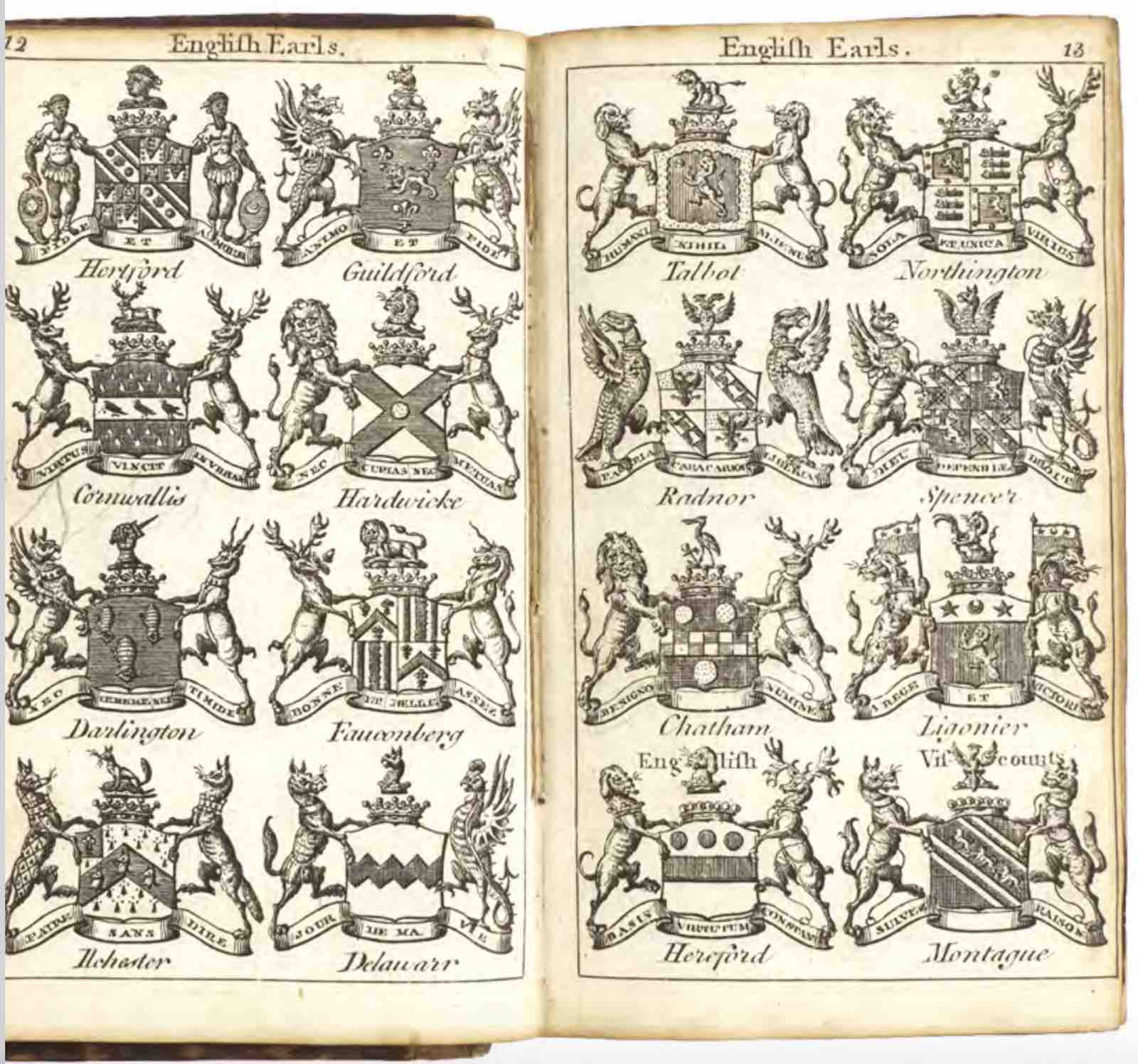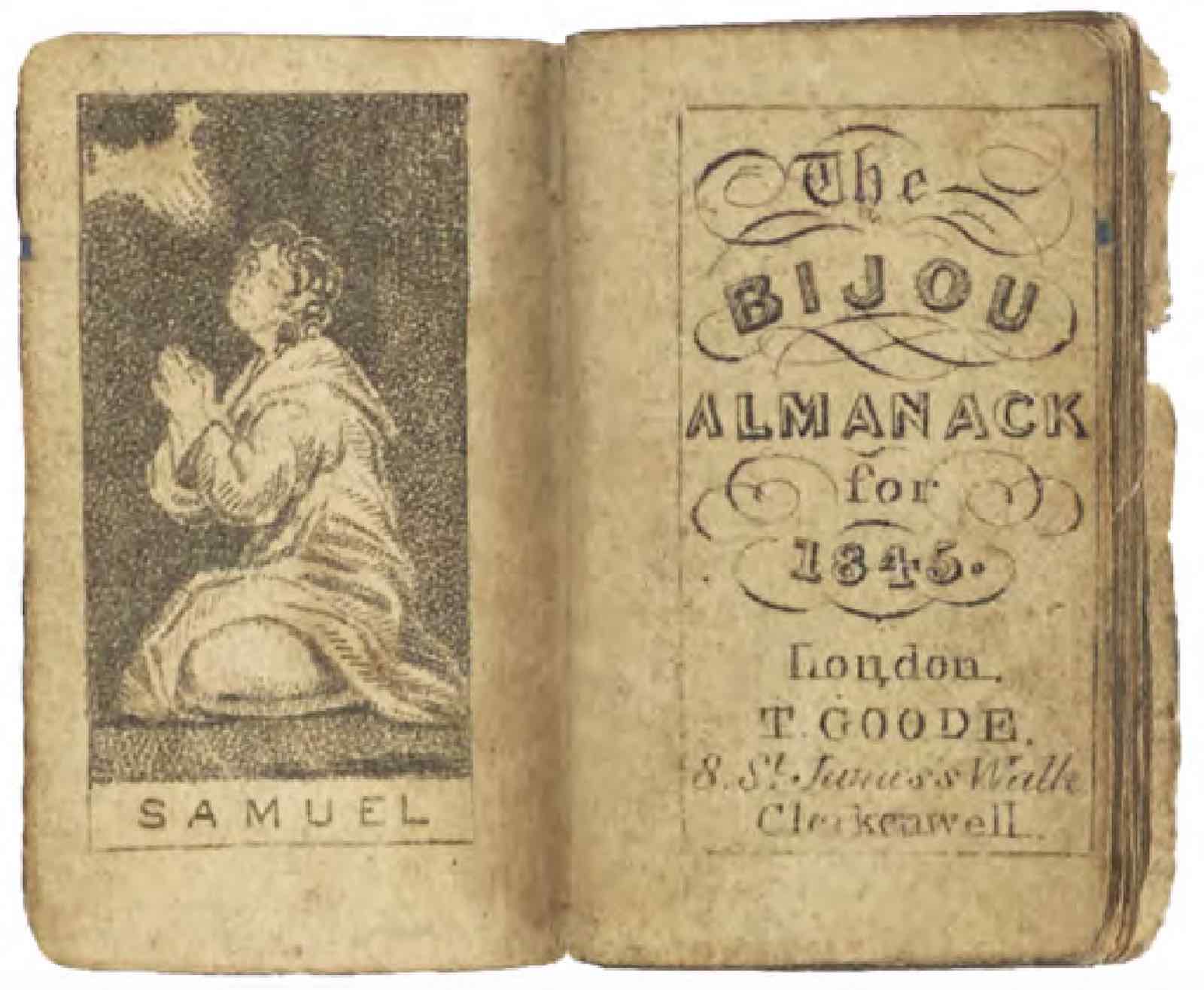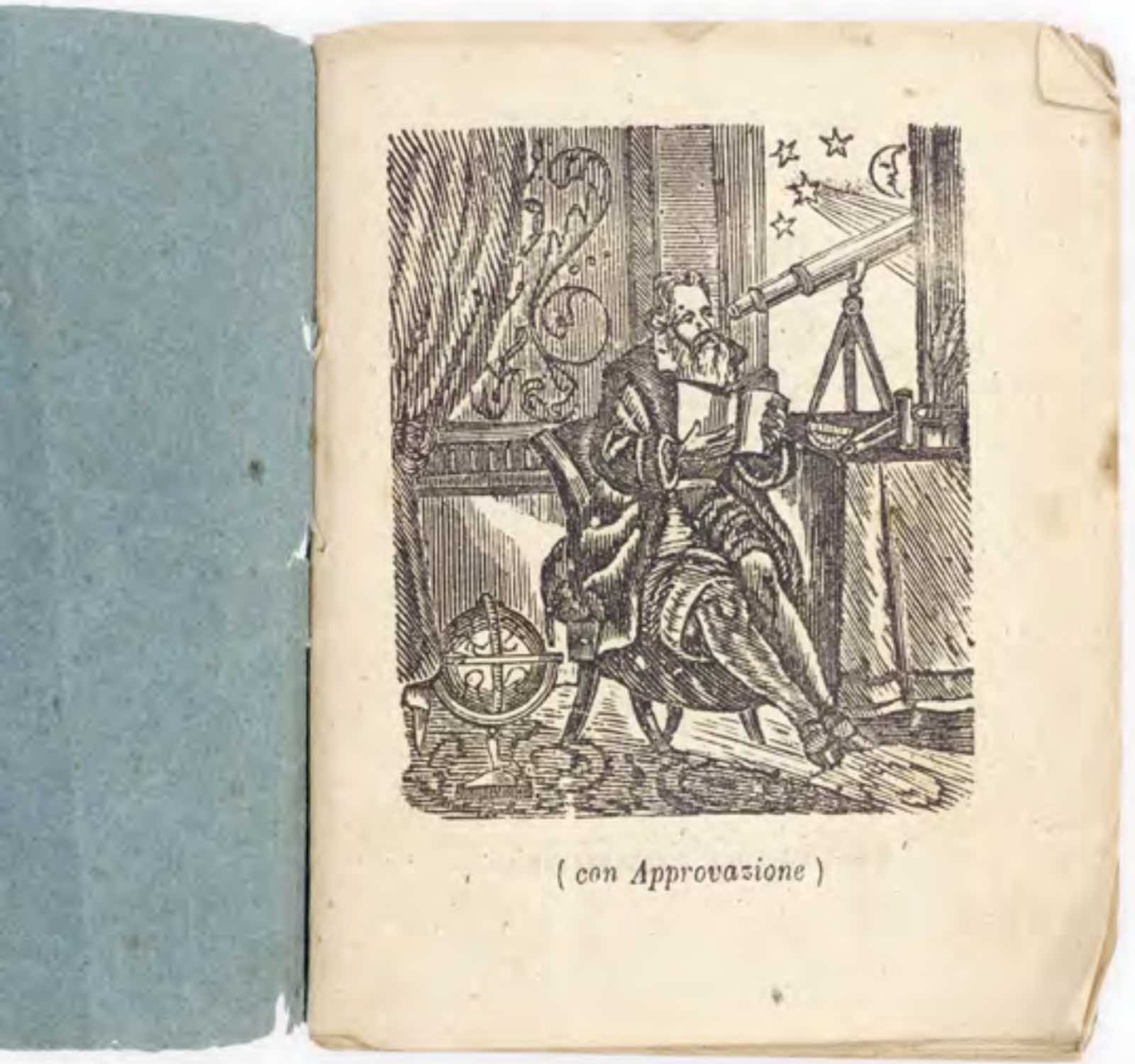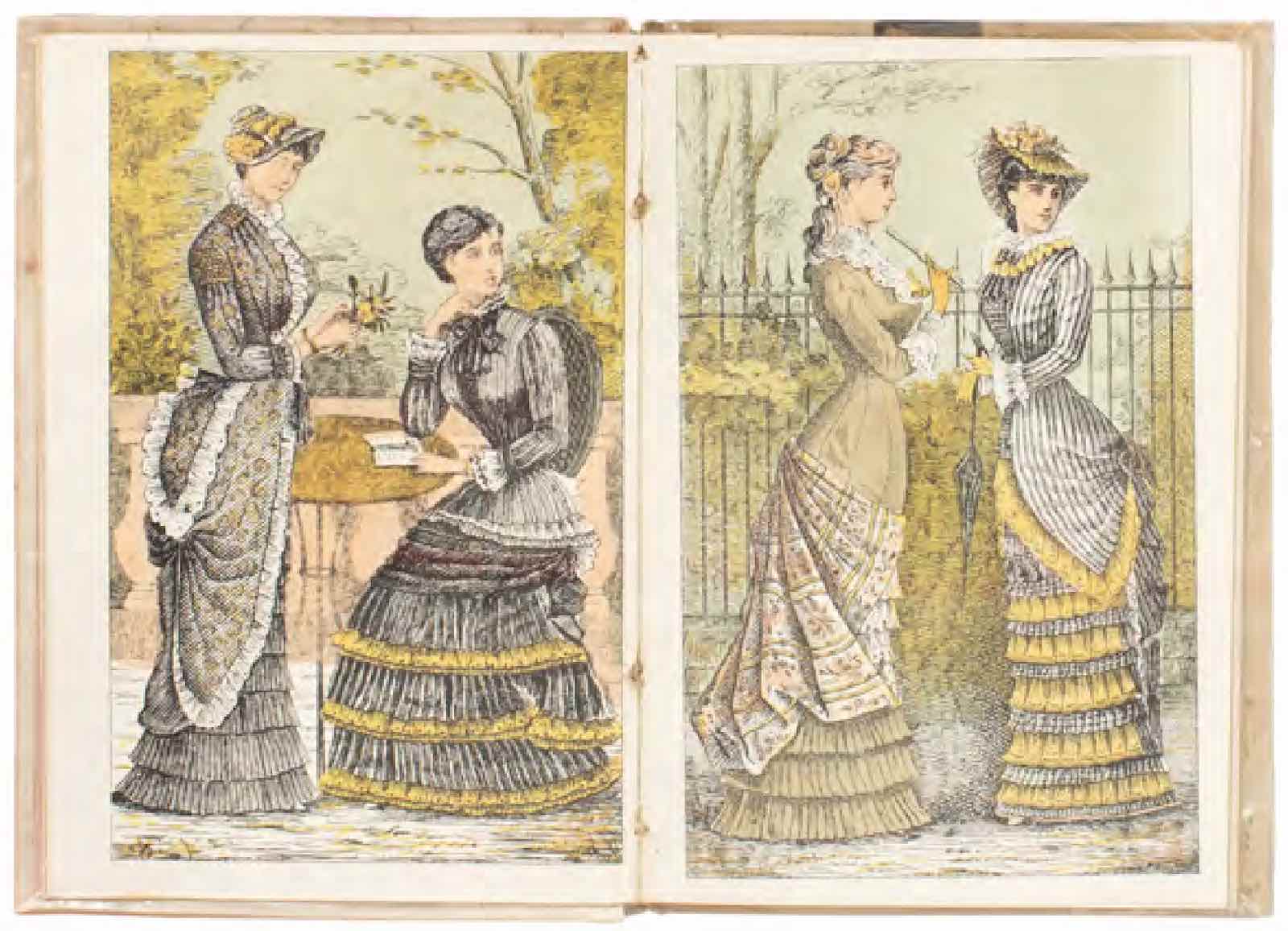* Lunario per l’anno 1855. Dell’insigne astronomo filos. e mat. Settimo Cajo Baccelli il vero rampollo dell’estinto Cajo, preceduto dale solite poesie giocose del D. Antonio Guadagnoli con le fiere che si fanno in Toscana e con le solite genealogie. Florence, brothers Formigli, 1854.
A curious and very rare almanack for 1855, containing, inter alia, a bitter dispute between a pumpkin and a turnip, a condemnation of avarice, and global population statistics. The 17th century astrologer Sesto Caio Baccelli lent his name to a series of popular 19th-century Tuscan almanacks, several of them printed by Giovanni
Formigli in Florence. Antonio Guadagnoli (1798–1858) contributed humorous poems and prefaces to the Sesto Caio Baccelli from 1832 to 1854, when Formigli advanced the title to Settimo Caio Baccelli, perhaps to distinguish his publications from similar Florentine publications of the time. April promises pleasant weather, but warns that gambling tears apart families and will result in the downfall of society, and in August one should avoid consuming unripe fruits and maintain high standards of personal hygiene to avoid the spread of cholera.
* Almanacco delle Dame. Florence, F. Canale, [1883]
A lavishly decorated – and seemingly unrecorded – Florentine almanack for ladies, containing love poetry, notable dates, and illustrating the latest fashions of 1883. Such publications for women, especially popular in Tuscany and Lombardy from the late 18th century to the close of the 19th, typically include the dates of
lunar phases and eclipses, moveable feasts and feast days, and significant dates pertaining to the royal family; this example is characterised in particular by the inclusion of four beautiful fashion plates, and a selection of light-hearted and largely unpublished poetry.

